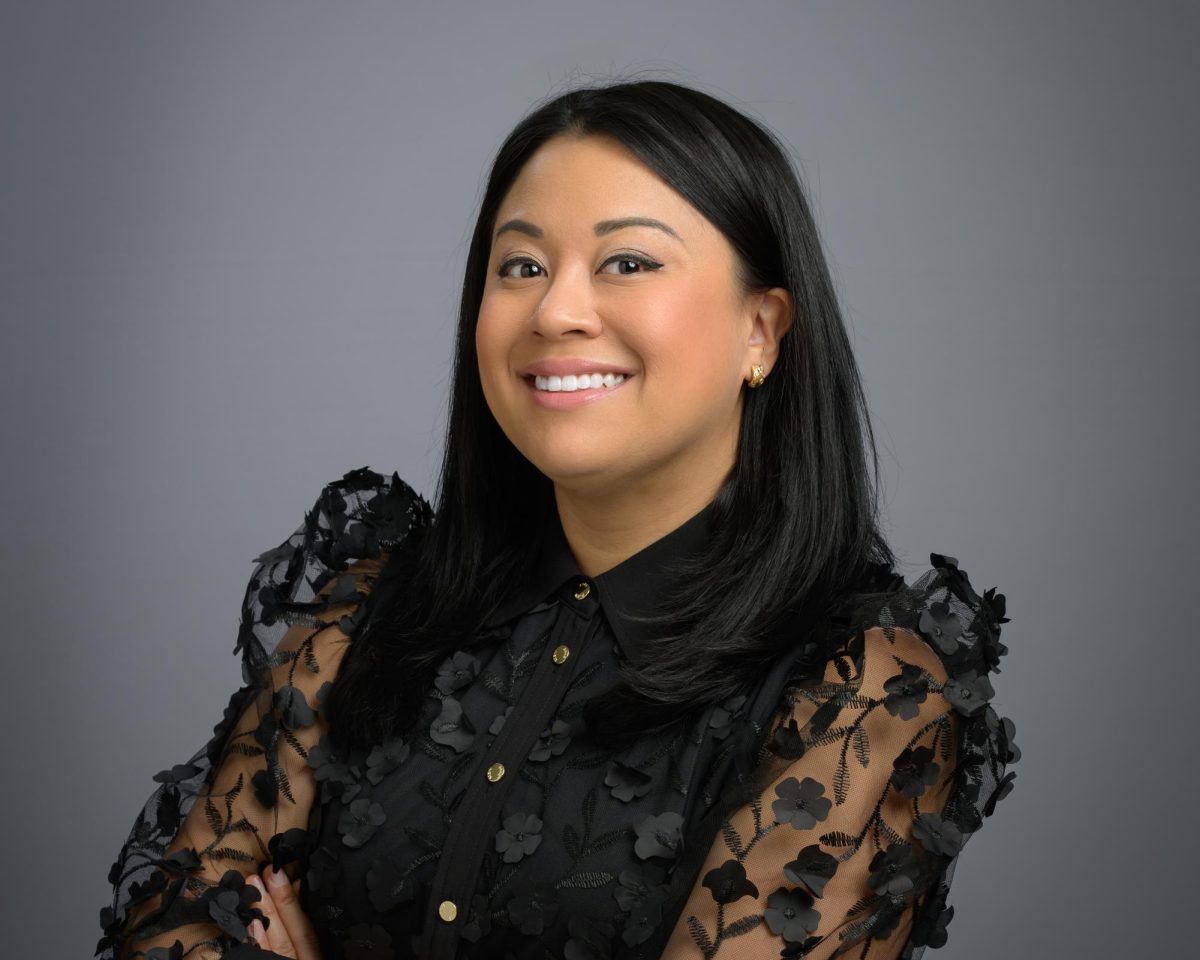Minneapolis residents in communities east of the Mississippi River are envisioning a comprehensive plan for neighborhood parks.
The Minneapolis Park and Recreation Board and community members are working to develop an East of the River Park Master Plan that will examine all parks east of the Mississippi River and outline future improvements. The plan is funded by the 20-Year Neighborhood Park Plan, which allocates funds based on racial and economic equity criteria.
“This master plan is … developing long-term visions for all the local neighborhood parks in southeast Minneapolis and northeast Minneapolis around the U. It’s basically creating park designs that we will be implementing over the next two decades,” said Carrie Christensen, project manager of the park plan.
Last week, members of a park board Community Advisory Committee (CAC) met at the Water Bar in Northeast Minneapolis to discuss the master plan and look at park designs on an individual level. At the meeting, community representatives listened to resident input, which they will pass on to the park board.
Cordelia Pierson, a CAC representative for Marcy-Holmes, said resident and committee members have discussed aesthetic improvements to parks in Marcy-Holmes. Some suggestions included installing art and native plants alongside 11th Avenue Southeast by Marcy Park, and connecting the sidewalks of 6th Avenue Southeast and 11th Avenue Southeast to the Mississippi River.
“As we have public space, streets, sidewalks … we also can manage them as ecological and creative connections as well, bringing people together with each other, connecting people with nature and our pretty amazing Mississippi River,” Pierson said.
Development of green space has been a central theme to park planning in Prospect Park. Some community members have voiced desire for a new park in the Towerside area, but what the park will include will be open to discussion, said Del Hampton, CAC representative for Prospect Park.
Residents who use Van Cleve Park in Southeast Como have told committee members they want to see layout improvements to neighborhood parks. The creation of a multi-use recreational field is an important issue, said Abdu Ahmed, CAC representative for Southeast Como.
“If somebody wants to play in the middle field, nobody can use the baseball field,” Ahmed said.
Ahmed would also like to see the plan encourage minority groups to use the park and connect communities who rarely interact with one another.
“The white community and the Somali and immigrant community are as far apart as the sunrise and the sunset,” he said. “I believe the park can be a major role in connecting the two communities.”
Those directing community outreach for the plan, like the CAC members, have voiced concern about a lack of student engagement.
Luke Nichols, a University graduate student on the CAC team, said busy schedules and the wide geographic distribution of student living can hinder student involvement. But a key reason for low student turnout at community meetings is that there isn’t anyone to officially speak for students in neighborhood organizations, he said.
“Students are not represented in traditional residential associations,” Nichols said “There isn’t a neighborhood association that represents the University community. There’s not one for the campus.”








